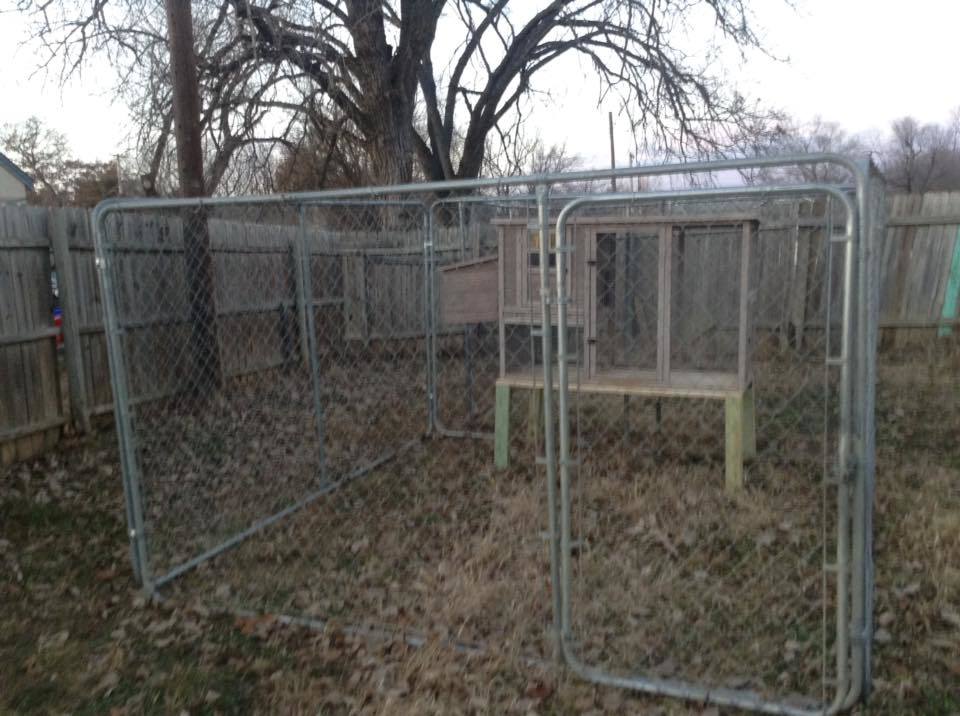I just got a new coop and also got a 10x10 dog kennel so I've been putting it together and I need ideas for a roof for the kennel and also any ideas for the coop would be great. I also need to know if I should put the roosts inside the coop in front of the nesting boxes or in the lower part in the open. Thanks.





Last edited:


